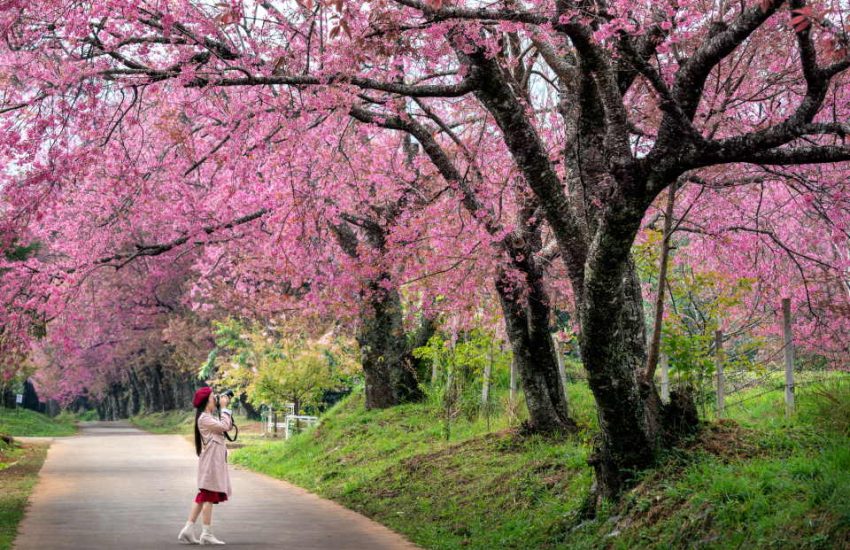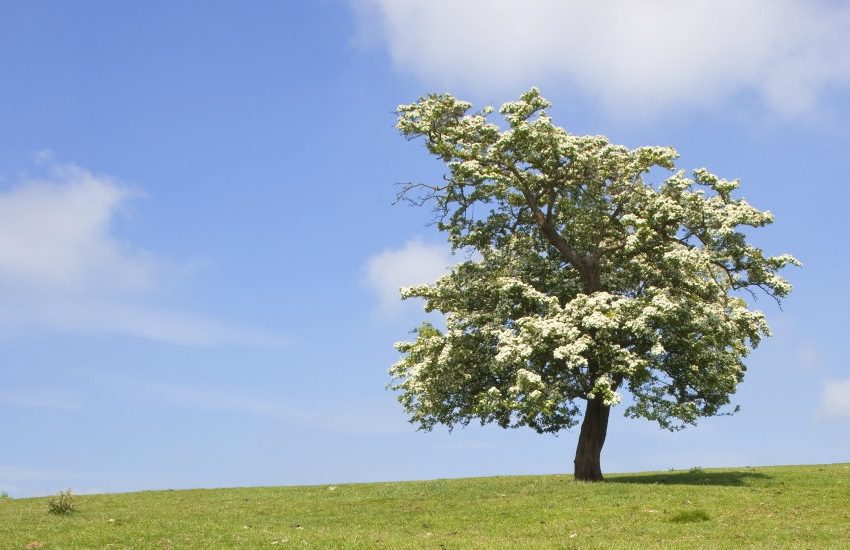Conifer Trees : Plant, Grow & Care
If you are looking for a new hobby and have decided on gardening, this article is for you! If you are a beginner, you might wonder what to plant in your garden. It’s okay to feel overwhelmed about this at first, as there are many types of garden plants you can choose from.
For example, dogwoods, maples, cypresses, cherries, magnolias, birches, crape myrtles, conifers, and many more. But among these, in this article, you will find one of the most beautiful ones, conifer trees’ introduction here, and how you can grow it in your own garden or maybe create your own conifer garden with different types of conifer trees.
What Are Conifers?
Maybe you have heard about conifers before or know about them but don’t know the name. It’s okay because in this article, we will answer all of your questions, and when you finish it, you can be confident that you, too, can grow a conifer tree in your own garden.
Conifer trees, in the simplest way, are trees that have cones. This might bring this question to your mind: Are pine trees also conifers? The answer is yes. They are a type of conifers. But apart from them, there are also other types of conifer trees, of course.
As we mentioned, there are cedar, pine, fir, spruce, larch, cypress, juniper, yew, redwood, and many more. Yes, there are many types, but you can tell them apart by inspecting their needles, cones, barks, and shapes.
These small details can help you recognize each type, even if they look similar. Among all these types and more, you might wonder which is the best for you to plant in your garden. Be sure to check for the size and shape of the tree as well as the color. So, let us give you some more detailed information about conifer trees.
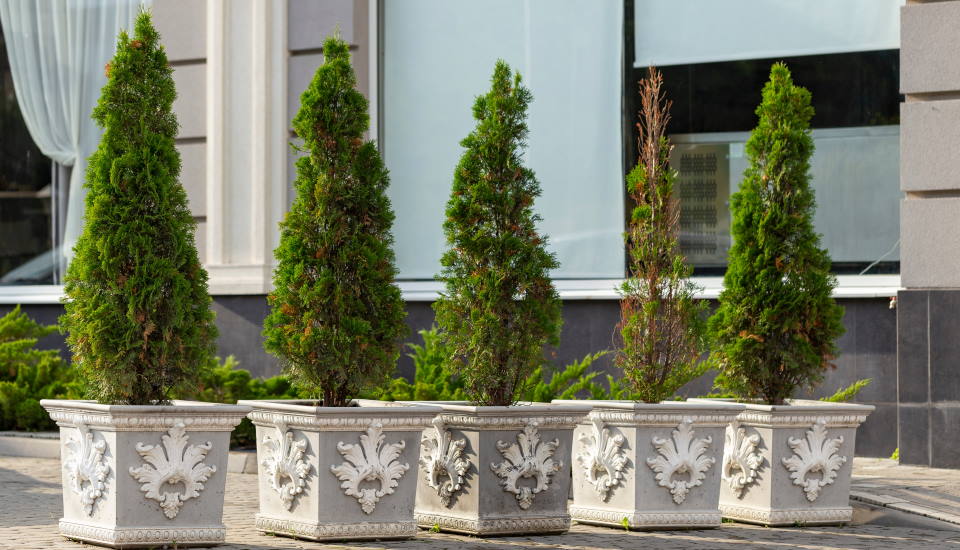
Like we said before, conifers are trees that have cones. But you might also encounter some types whose cones look like fruit. For example, cypress and junipers’ cones are scaled, making them look more like berries than cones. This might make you wonder: but do conifers have fruit? The answer is no; as we mentioned before, some cones may look like fruits, but it doesn’t change the fact that they are cones.
Another question you might ask is, “do conifers have leaves?” Yes, conifers have leaves, but their leaves are not like the ones other trees have. Leaves are also one of the characteristics of conifers. Conifers have needle-like or scale-like leaves. These needle-like leaves, or “needles” as some may know, have pointy tips and slender forms. If you wonder if all types of conifers are evergreen, let us answer that also. No, all conifers are not evergreen.
Some conifers lose their leaves in the winter, like bald cypresses, larches, or dawn redwoods. The fact that they lose their needles and are not evergreen does not mean that they are not conifers, as they still bear cones. One other fact about conifer trees is that the ones that keep their needles are not all green. Some can be blue, like Colorado blue spruce; some can be vibrant yellow or gold, silver or white, purple, or brown at different times of the year.
One other type of conifer that you might have heard of before is dwarf conifers. Maybe this is the first time you have heard about it. Simply put, dwarf conifers are the ones that don’t reach the average height the conifer trees normally reach.
Dwarf conifers usually don’t reach more than 6 feet, but there are also intermediate dwarf conifers, and they can reach up to 15 feet tall. But still, because they are short and small, they might be just for you if you have a small garden. You might wonder what causes dwarf conifers to be dwarf. Several reasons for this condition include harsh climate conditions or poor soil.
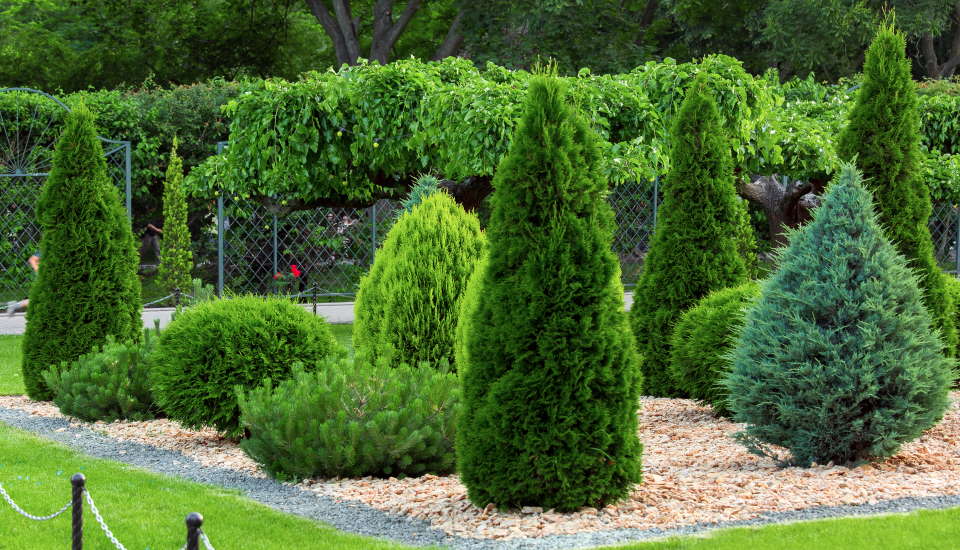
Some Types of Conifers
This section will give you more detailed information about conifer tree types, like their characteristic features.
Spruce
Spruce trees can grow between 60 to 200 feet tall and are rather large. They have needles with four sides. You can also tell these trees apart from other types by looking at their cones, as they have pollinated cones that hang downwards. When they reach 4-10 years old, spruces begin shedding their leaves. Spruce trees are usually found in northern regions as they mostly grow in temperate and boreal areas.
Larch
There are few deciduous conifers, and larches are one of them. Because they are deciduous, that means they shed their leaves, their “needles,” regularly. Every autumn, larch trees lose their needles. These can grow 65 to 120 feet tall. Because they lose their needles, many people may be confused about how they are a type of conifer. But they are. Larch trees can be found in boreal forests such as the ones in Canada or Siberia.
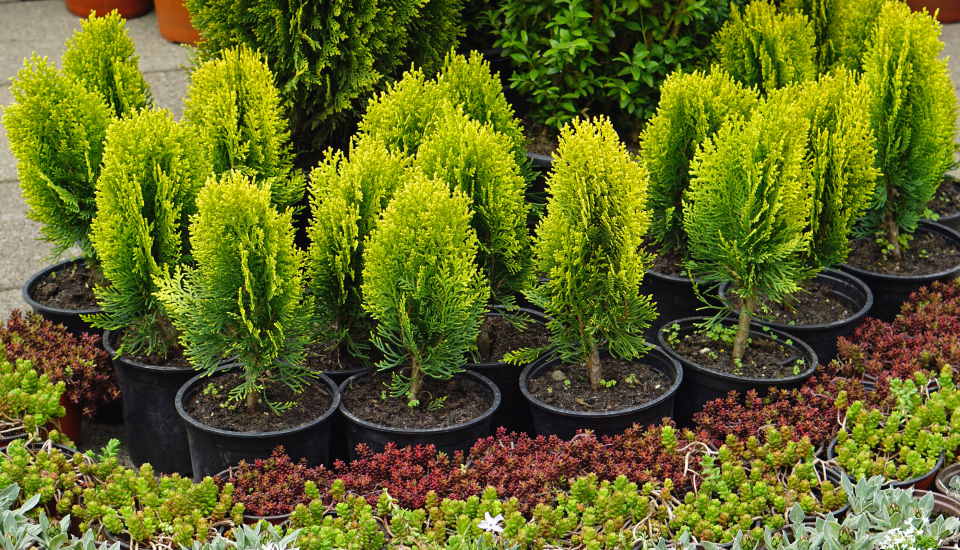
Pine
Because pine trees are the most known conifer of all, some people think they are the only conifers in the world. They can grow 10 to 245 feet tall depending on the type and have scaly, thick barks. Pine trees are mostly found in montane, boreal, and coastal forests.
Cedar
Because cedar trees are used in furniture making and wooden items, it is possible that you have heard of them before. The characteristic of these is that they have dense needles which can grow from 1 to 2 inches long. Also, their cones point upward from their branches.
Juniper
Juniper trees can grow from 66 to 131 feet tall and are evergreen. If you remember, we mentioned before that there were also conifers whose cones look like fruits and, more specifically, cones that look like berries. These cones are juniper trees’ cones. Juniper trees can be found in Northern Hemisphere, such as the arctic and tropical Africa. They can also be distributed in the mountains of Central America.
Redwood
As you can guess, the redwood trees are named after their bark and heartwood. Redwood trees can grow up to 367 feet and have a width of 22 feet. The reason why they grow so tall is unknown but what is known is these trees can live thousands of years.
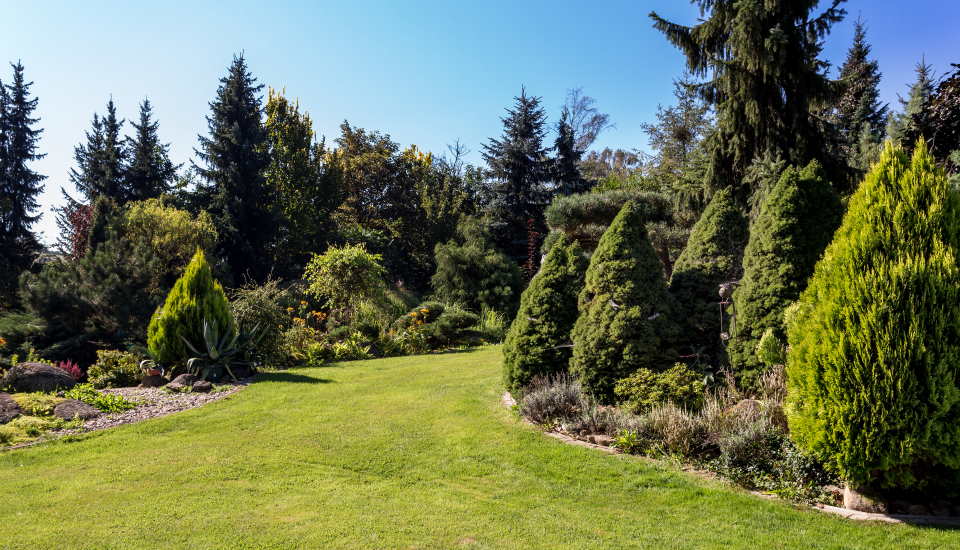
Cypress
Cypress trees can be smaller than others. They often grow about 80 feet tall, and their shape is pyramidal, especially when they are young. Cypress trees’ leaves grow and stay on for about three to five years before all of them fall off.
Yew
These trees grow slower than the other types but also live longer. Also, compared to other types, these trees grow slightly shorter, about 65 feet tall. Besides, these trees are known to be poisonous.
Fir
Fir trees are named after a Latin word that means “to rise.” This is because of the fir’s height. They can grow up to 262 feet, but of course, this doesn’t mean all of them to reach up to that height; many are much shorter. Fir trees look similar to pine trees, so for this reason, sometimes you may see the two types grouped. Firs can grow on most continents, including Europe, Asia, North Africa, and Central America. In addition, they often grow in the mountains.
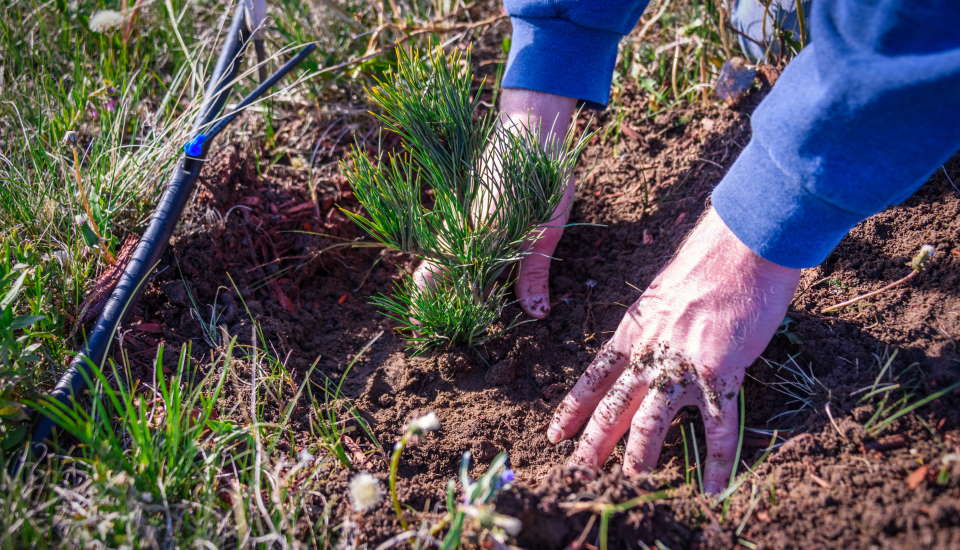
How to Plant Conifer Trees?
We know you also wonder, “how fast do conifer trees grow?” and the answer is in this section, but let’s first start by answering one other question that you might have: “what is the best time to plant conifer trees?” It is best to plant conifers in early spring (March to May) or early fall (September to October). If you want to plant a conifer from the seed, you should first soak the conifer seeds for 12 to 24 hours in warm water. After that, you should drain the water and layer the conifer seeds in a container with damp peat moss. The container should be kept inside the refrigerator for about two months.
It would be better if you also make a soilless planting mix. With the mix, you can protect the conifer seeds from fungi. After this, place the conifer seed on top of the soil and cover them. Mist the top of the mix and place the tray in a warm area.
After you feed the seedlings, they should sprout in a couple of weeks. In this process, you should keep the tray in a sunny area, and you should also need to be careful that they don’t dry out. When seedlings begin to crowd each other, you can cut their bedding but be careful not to disturb the roots while doing so. After they outgrow in their containers, you can understand that they are ready for transplanting into the ground.
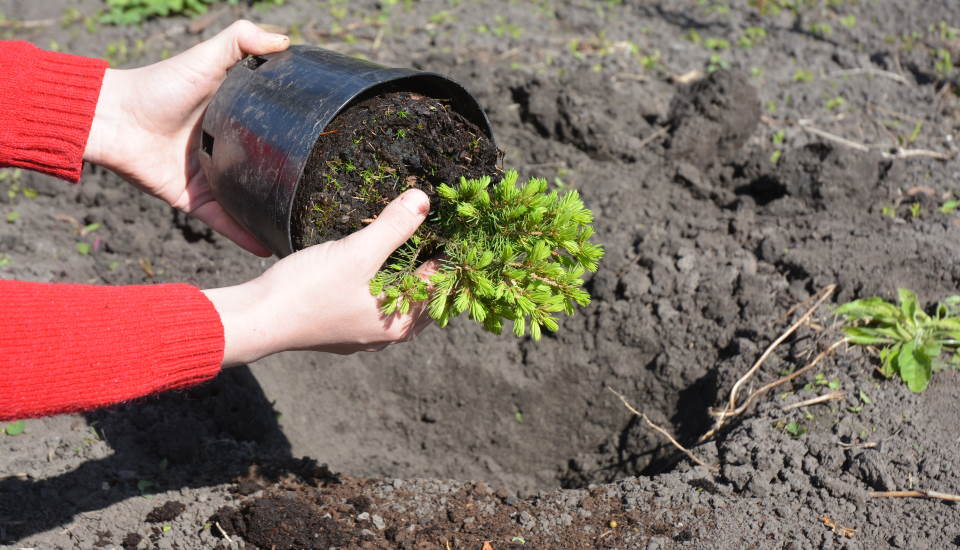
Caring for Your Conifer Garden
To have conifer trees in the garden, you should first know how you should plant them and care for them. In the previous section, we gave you information about how to plant conifers in your garden, so in this one, we will mention how you can care for them. The smallest conifers among the conifer trees, “the miniatures,” are suitable for you to grow in a pot, rockery, or trough.
On the other hand, dwarf conifers usually grow the slowest among all the types, and it is best to plant them in large pots, borders, or raised beds. They provide you with different shapes, colors, and textures, which makes the conifers valuable, especially in winter because there are a very small number of trees looking good in the cold season.
If you want to grow a conifer garden, you might consider having intermediate conifer trees in it. Intermediate ones give all-year structure and screening for you, making your garden look better than ever, not just for one day but all year. Imagine you have conifers trees in the garden, which look beautiful all year long; whenever you look at them, you see the same beauty.
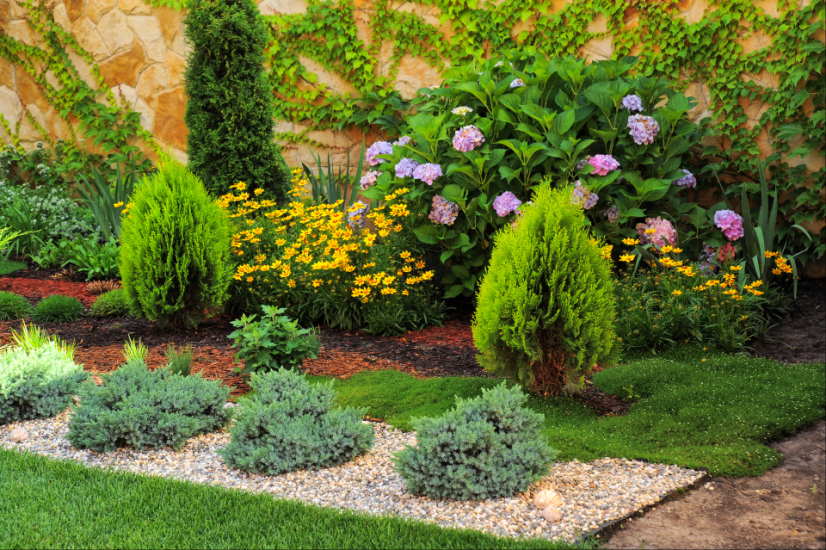
Tall conifers are large trees that grow and mature more than dwarf or intermediate conifers. If you want tall conifer trees in the garden, ensure sufficient room so you can appreciate all the gracefulness and beauty that the trees provide. Make sure you have enough space for all the graceful shapes, attractive bark, and foliage color and form of the tree.
One other feature of the conifer gardens is that you can use the conifers as hedges, so besides their year-round screening, they can also act as a shelter from wind and provide a shelter for wildlife for you. But be careful to regularly trim your conifers, as some tend to grow extremely quickly.
One other important thing is pruning conifers. It is especially important for you to prune your conifers to maintain their compact growth. If you forget pruning your conifers and they grow without examination, you will most probably have a hard time getting your conifers back into shape. If you regularly trim, you can keep your conifers at a height of about 5 feet, but if you leave them unattended, they can grow up to 30 to 65 feet tall.
Conclusion
In short, conifer trees have different types and different shapes, colors, and features. That makes conifers one of the best trees you can have in your garden because of their protective features and beauty to the eye. If you have any doubts about conifers, we hope this article helps you overcome them and answer any questions you might have.
You may also be interested in:
Are Majesty Palms Safe for Cats?
How Often Should You Water a Gardenia Plant?
Why is My Sago Palm Turning Yellow? And How Can I Solve This?

